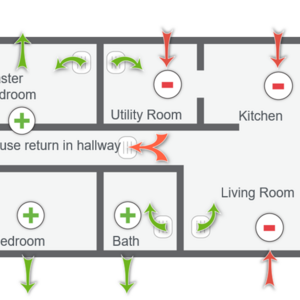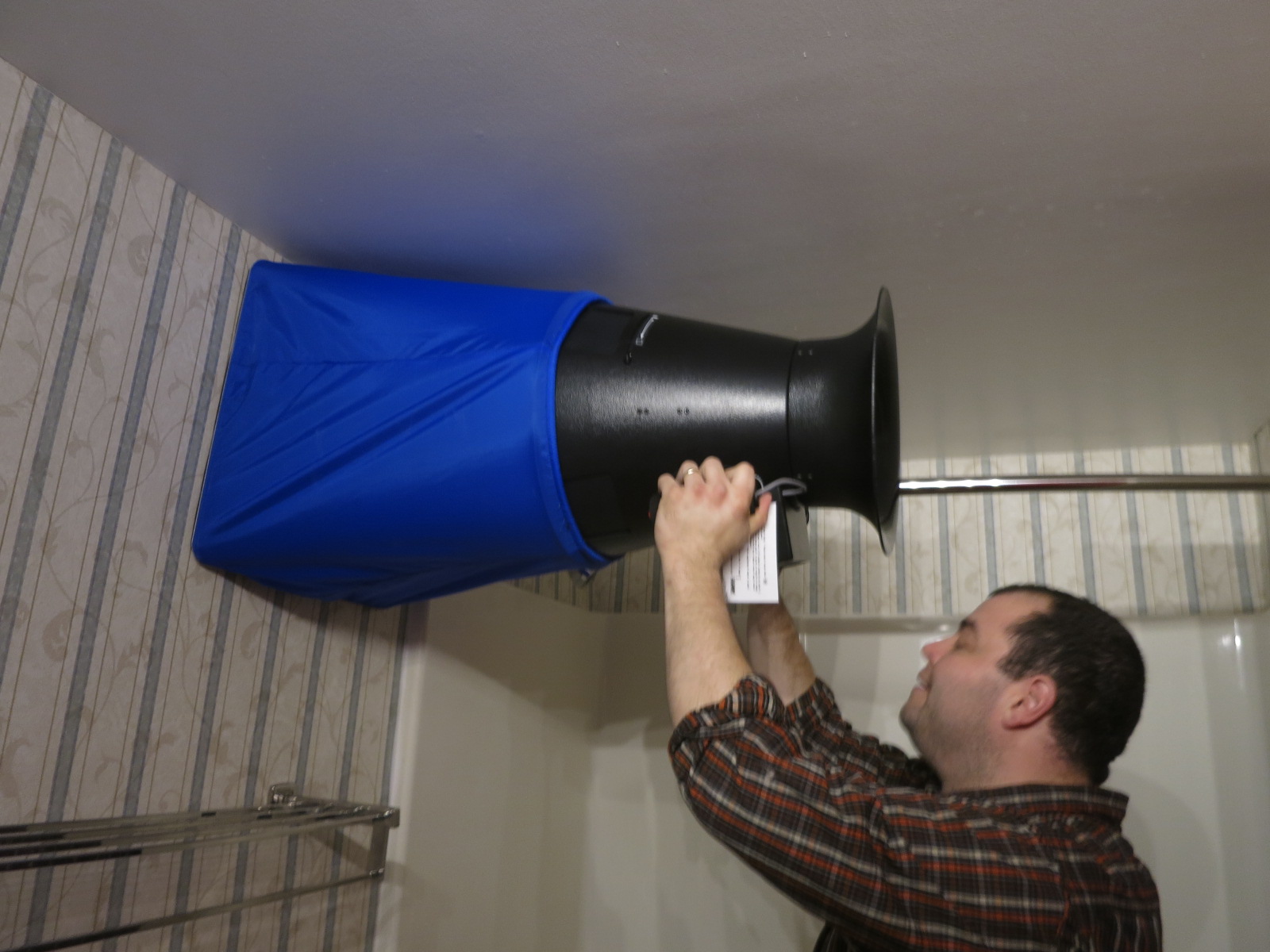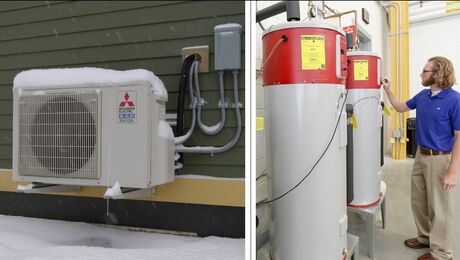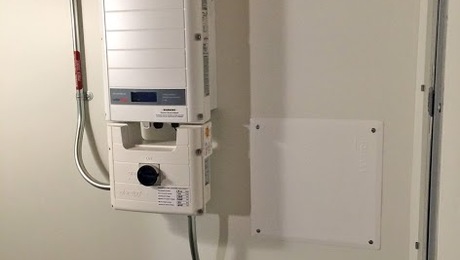
Grilles, registers, and diffusers (GRD) are key components of forced-air systems, impacting comfort, efficiency, and noise levels. In part one of this series, I explained the differences between grilles, registers, and diffusers. I also discussed the placement, selection, and sizing of return grilles. In part two, I talked about return-air pathways, which allow air supplied to bedrooms to flow unimpeded to return grilles in the main body of the house. In the final article in this series, I discuss registers and diffusers. These fittings serve as outlets for the ducts supplying heated and cooled air to the living space.
As construction practices have evolved, so has thinking about where these supply outlets should be placed. Modern buildings have lower air leakage rates, higher insulation levels, and better glazing than those built a few decades ago. These envelope improvements reduce the total amount of heating and cooling needed. They also allow more flexibility in placing registers and diffusers; we no longer need to rely on supply air to correct comfort problems created by hot, poorly insulated ceilings or cold, single-pane windows.
Less total airflow and more location options allow for compact duct designs. Shorter, smaller duct runs mean lower costs, fewer space requirements, and less heat loss or gain through the ductwork. In this article, I’ll outline key considerations for register and diffuser placement and selection, then look at how high-performance building envelopes can affect these design choices.
Registers and diffusers
Registers are square or rectangular fittings with movable dampers to adjust airflow volume. Lightweight stamped-steel registers are used for wall and ceiling applications; heavier-duty cast or welded registers are used in floors. Diffusers cover supply openings in ceilings. They have angled vanes that discharge air in a spreading pattern. Round and four-way diffusers blow air in all directions, while…
Weekly Newsletter
Get building science and energy efficiency advice, plus special offers, in your inbox.

This article is only available to GBA Prime Members
Sign up for a free trial and get instant access to this article as well as GBA’s complete library of premium articles and construction details.
Start Free TrialAlready a member? Log in















9 Comments
Thanks Jon. The design flow is very helpful. It's logical, but the temptation is to move from whatever air handler you have towards the terminations, making the necessary decisions along the way.
This is really interesting. However, I'm finding it hard to implement the theory. I'm in rough in stage at the moment for HVAC. During design I had a discussion with the HVAC engineer and stated my priorities were performance and efficiency as number ones, with value as secondary (opposite what a production builder might do)
He tweaked the design based on my requests, enlarging the return, moving it to high wall and adding a supply to a bedroom with a large westerly window. Critical returns were made of metal ducting instead of panned joist.
My HVAC contractor, then added more returns and supplies based on their experience. Some of the new returns are close to the furnace blower and I'm concerned that it will reduce air flow from the distant returns.
There was no specifications for registers and diffusers, only that I know Aria vents are bad even though Designers love them. So now, I'm on the hunt for vent covers that offer good airflow with good aesthetics, not that easy.
I need to do another walk through with my contractor to discuss all of these issues before rough in is completed and drywall.
It seems to me that this area is often overlooked and we end up with uncomfortable homes. The most glaring example are the tall and narrow 3 storey town homes with budget HVAC that result in freezer temperatures in lower level and broiler conditions on the top level.
Have you looked at bar linear grilles? They're really nice looking (to my eye), and can be found in frameless flush mount and drywall bead versions if you want a super clean modern look.
I've only seen them online in pictures. It would be a leap of faith to order them. They look nice in pictures and have open area specs which is a bonus.
Thank you so much Jon for all the well-explained information in this series of articles! I'm re-reading them now as I try to figure out how to match the function we need with the aesthetics we would like in our new build. We want to use linear slot diffusers and it seems like we just need to choose the number of slots, size of the slots, and length of the diffuser to give us the CFM, throw and spread we need. We're using radiant floor heating so we just need the diffusers for cooling. We'll have high performance windows and envelope so it makes sense to me to install them at the top of an interior wall and send the cool air along the ceiling across the room but I'm finding it hard to find installation examples of this besides photos on Pinterest. It appears more challenging to implement if you have a diffuser that's longer than one stud bay but it seems like you should just be able to frame the wall like it has a window the size of the diffuser and make it work even if it's 5 or 6 feet long, right? Then it's a matter of figuring out the plenum box behind the diffuser. It seems like all the plenum boxes I see are designed to be installed in the ceiling. Why don't they make them for a high wall installation? Am I missing something or not understanding something? Or is this just a newer way to do things and the industry hasn't caught up yet so we should figure it out anyway?
Thanks! Linear diffusers are rare in my market; I've only seen one residential example. I'm not sure if there are pre-made plenum boxes available for wall installations. You may need to get these custom-made by a sheet metal shop. The plenums are not particularly aerodynamic fittings, so you'll need to account for the extra equivalent length in your duct design.
We originally specified linear *bar grilles* not linear slot diffusers for our new build. I am not an expert but for reference we learned in another project doing the linear slot diffusers in only the great room area added about $10k to their cost. I think it is a huge hassle and not worth it unless you’re building a $10M home and you feel it is absolutely necessary for aesthetics. You are going to pay a lot of money to work these into the design, you need so much space for the boxes, you’ll pay more for your GC to deal with this, etc. Before you spend too much time or money worrying about it or looking at Pinterest, consider if you really really need it and get a realistic cost ASAP to see if it is feasible for your budget. If you’re only using these for cooling, I do not see the ROI but it’s your choice. Just my 20 cents on the topic! I found Pinterest dangerous because it completely skewed my perception going into our build. Remember that it is not real life, most photos are edited for instance all designers delete pot lights from the images… I could go on.
If you are just wanting something that looks nice and sleek compared to the typical registers, there are options. I spent too much time looking into it… do not buy Fittes/Aria vents if you care about performance and efficiency. The air flow numbers are misleading because they show the CFM at ridiculous velocities that you will never see in a residential home. So, at typical low velocity you will get barely any CFM from each unit. My engineer recommended Envisivent and I find it to be a nice option because it fits into standard rough-ins, very simple to install/finish, frameless sleek design that gets painted to match your ceiling/walls, volume damper inside, reasonably priced, made here in Canada where I am, custom sizes available, and of course they do not obstruct air flow such as with the Fittes ones.
Anyway this is what we decided to go with: https://www.envisivent.com/
Thanks for letting me know your experience Izzza, good information ... I'll look into envisivent.
Thanks Jon, do you think that's the reason they're rare? Because the plenum boxes are not aerodynamic? Otherwise it makes sense to put them high on the wall to send air across the ceiling for cooling, doesn't it? Am I thinking about this correctly?
Log in or become a member to post a comment.
Sign up Log in